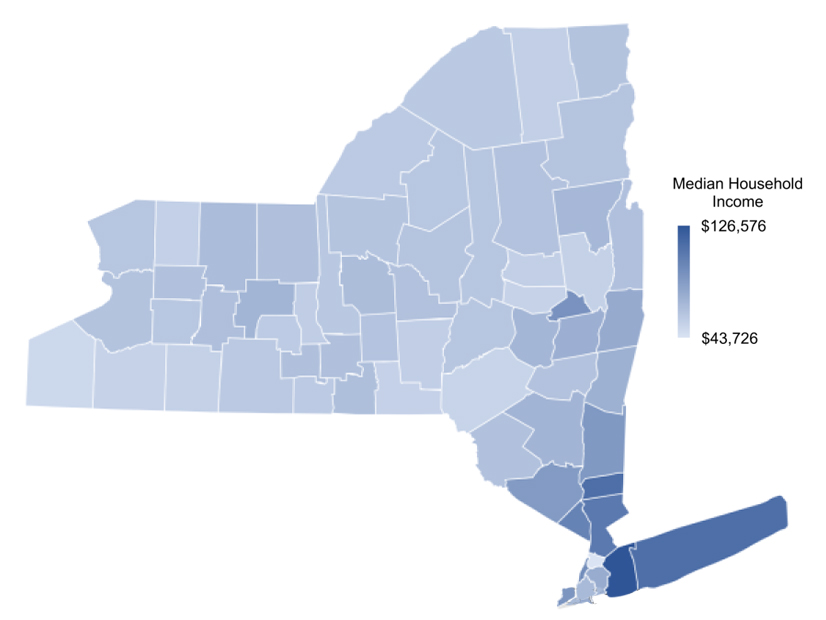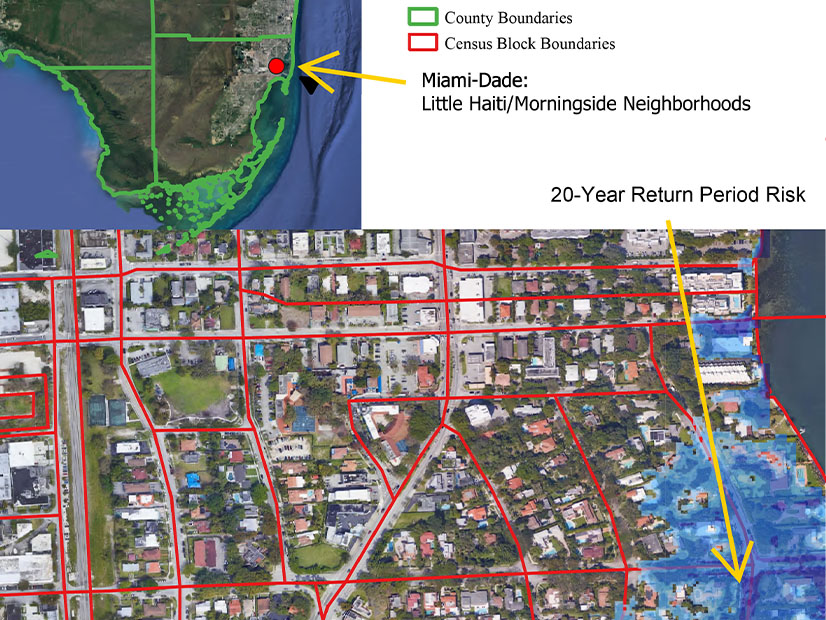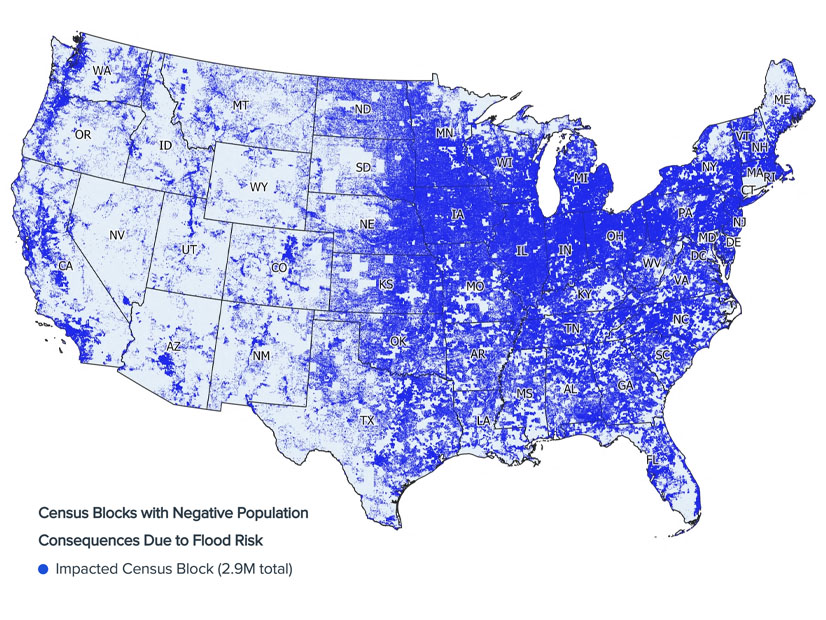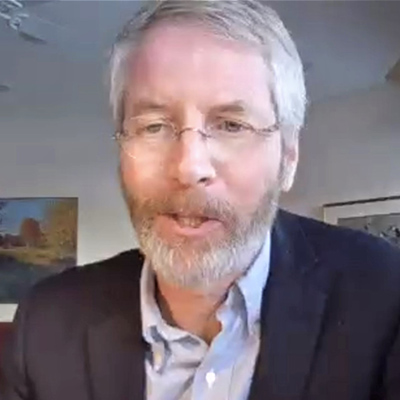AUSTIN, Texas — ERCOT staff and Potomac Economics, the firm that serves as the grid operator’s Independent Market Monitor, set aside their differences this week and promised to work together to improve the ISO’s procurement and deployment of ancillary services.
Potomac Economics President David Patton said the IMM’s staff has had “encouraging” discussions with ERCOT over changes to its ancillary service methodology. The ISO’s staff has also agreed to revisit its use of ERCOT contingency reserve service (ECRS), its first new ancillary service in 20 years, which was deployed in June.
“I felt like the board and ERCOT were pretty receptive to the message,” Patton said after the ISO’s Board of Directors meeting Dec. 19. “I feel like there was an acknowledgement by ERCOT that this is an issue worth studying and potentially making some changes to address it. Ultimately, my goal was to try to address this as quickly as we can so that these costs don’t accumulate.”
The IMM has said ERCOT’s use of ECRS has created artificial supply shortages that produced “massive” inefficient market costs totaling about $12.5 billion this year through Nov. 27. (See “Members Support 2024’s Ancillary Services Methodology, Despite Costs,” ERCOT Technical Advisory Committee Briefs: Dec. 4, 2023.)
ECRS is economically dispatched within 10 minutes of deployment, using capacity resources that can be sustained at a specified level for two consecutive hours to supplement ERCOT’s conservative operations posture, in which it sets aside ample reserves to address sudden energy drops.
Patton said that because ERCOT doesn’t co-optimize energy and ancillary services in real time like other grid operators, the ECRS megawatts are quarantined from the real-time market. He said the problem comes when ERCOT bought more 10-minute reserves this year than it did in 2022 in quantities that “dwarfed” those of other RTOs and ISOs, most of which are smaller than the Texas grid.
“We went to a whole other level in terms of buying 10-minute reserves,” Patton told the board’s Reliability and Markets (R&M) Committee. “At that same time that we’re buying those very high quantities, we quarantine them off from the real-time market so that it exposes the market dispatch to believing that it’s short when it’s not actually short.”
There were few questions for Patton during his presentation to the R&M and none in the board meeting that followed. The directors did approve ERCOT’s ancillary services methodology for 2024, including the commitment to reevaluate ECRS and meet with stakeholders by May.
Dan Woodfin, ERCOT vice president of system operations, said the high prices generally come when ERCOT is short of capacity.
“It’s those days when we were really tight on capacity and we had to release ECRS just to have enough to have it available to serve energy. If we can release it earlier on those days, then that may help with the efficiency of the pricing outcomes,” he said. “We’ve agreed we’re going to look at that. You got to be careful with that because there are people that are out there making investment decisions that are looking for regulatory certainty. I think this is one of those places that it’ll be really good to talk through that with the stakeholders to figure out what’s the right balance there.”
Texas Public Utility Commissioner Lori Cobos said the PUC has received a petition from retail providers to pass on ECRS costs in fixed-rate contracts and that legislation passed this year requires the commission to revisit ancillary services and their structure.
“There’s a recognition amongst the commission that, ultimately, the PUC needs to be involved in approving the ancillary service methodology [for 2025],” she said. “The reevaluation that happens in April needs to be a true reevaluation, given all of these costs. ERCOT, PUC staff, IMM staff need to get together and look at some near-term perspectives and long-term perspectives and how the ancillary service methodology can be more thoroughly and diligently vetted.”
In recent months, IMM’s then-Director Carrie Bivens raised the board’s hackles and received vigorous pushback for saying ECRS “likely” increased the real-time market energy costs by at least $8 billion. (See ERCOT Board, IMM Debate Ancillary Service Costs.)
After Bivens resigned from the IMM in November, the Monitor took another look at the ECRS analysis. Simulating energy cost increases from higher online reserve procurements, the Monitor found prices in August were more than double what an efficient price would have been. Taking those prices and evaluating the total number of megawatts in the real-time market, that pricing phase had a value of $12.5 billion.
“I think this is where the misunderstandings have come,” Patton said. “Some people believe that $12.5 billion is almost irrelevant and some people believe that $12.5 billion is sort of the market. It’s neither one of those. The most important price in this market is [the energy] price. This price is the one price that has to be right because this price drives everything else.”
When Patton first shared his presentation with the Technical Advisory Committee early in December, ERCOT called the numbers “absolutely false” in a document posted to its website.
“Electric consumers DID NOT pay $8 [billion] to $12 billion more for electricity in 2023 than they would have if ECRS were not purchased,” the grid operator said. “These types of hyperbolic declarations may be great for grabbing headlines or driving a particular narrative, but they do a grave disservice to Texans because they simply aren’t true.”
In his presentation Dec. 19, Patton said ERCOT’s response was “very disappointing.” He noted the IMM has always reported the numbers as wholesale market costs and that consumers are “partially protected” from those costs by suppliers’ hedges and contracts.
“Eventually, those hedges expire and then the future price that’s going to be paid and new bilateral contracts are all going to be based on expectations of what the spot price is going to be” in the future, Patton said. He said forward prices for next July and August have risen 67% with ECRS’ deployment.
“That suggests that as some of those hedges expire and they get re-signed, they’re going to be re-signed at a much, much higher cost,” Patton said. “Right now, the expectation is we’re going to have high and volatile prices next summer and the summer after that.”
Cobos to Rejoin Board
Cobos will rejoin the ERCOT board as a nonvoting, ex officio member for 2024. She was a member of the pre-Winter Storm Uri board through her position as the Office of Public Utility Counsel’s CEO and public counsel.
A recent rule change gives the PUC two nonvoting seats on the board. Interim PUC Chair Kathleen Jackson also is a board member.
Revised Budget Passes
The board approved the ERCOT budget and system administration fee for 2024/25 after both were recently trimmed by the PUC. The commission cut both original proposals, slicing a little over $31 million from the original biennial budget request and reducing the administration fee from 71 cents/MWh to 63 cents/MWh, a 13.5% increase over the current admin fee of 55.5 cents/MWh. (See Texas PUC OKs Smaller Budget, Admin Fee Increases for ERCOT.)
The grid operator’s original budget request of $424.03 million and $426.99 million for 2024 and 2025, respectively, was reduced to $405.7 million and $414.3 million.
The commission reduced the admin fee to be in place for two years, rather than four, because of future uncertainty. It also directed ERCOT to meet certain performance measures and file quarterly progress reports on the development of a reliability standard, dispatchable reliability reserve service and the performance credit mechanism, and the real-time co-optimization plus batteries project. The first report is due Sept. 1.
Bill Flores, chair of the Finance and Audit Committee, cautioned the board that ERCOT could revisit the admin fee for 2025 late next year. He said the budget relies on more interest income than any previous budget.
“Assumed interest income is not guaranteed, so while we’re comfortable that we have a locked-in budget and interest amount for 2024, 2025 is still at risk,” Flores said. “Each 1% change in interest rates … is equivalent to a $20 million budget impact. If you had a 4% drop in interest rates back to close to zero, where we were in late 2020, then your interest income would show a reduction of somewhere between $80 [million and] $100 million, and each 1% drop affects the system admin fee by several cents.
“The new rate is 63 cents, which I think is a good outcome for ratepayers in Texas, but there is a risk to what can happen to that rate as soon as 2025, 2026 and 2027.”
The board also confirmed the Technical Advisory Committee’s membership for next year, as selected by its members. TAC will elect its chair and vice chair during its Jan. 24 meeting. South Texas Electric Cooperative’s Clif Lange is leaving the committee after four years as chair.
In other actions, the board approved:
-
- Two Tier 1 transmission projects previously cleared by TAC. (See “West Texas Projects Endorsed,” ERCOT Technical Advisory Committee Briefs: Dec. 4, 2023.)
- A real-time price correction stemming from an Oct. 22 security constrained economic dispatch error. (See ERCOT to Propose Price Correction,” ERCOT Technical Advisory Committee Briefs: Oct. 24, 2023.)
- Linebacker Power’s adjunct membership in ERCOT.
6 NPRRs Approved
The directors approved a nodal protocol revision request (NPRR1172) that passed despite opposition from the generator segment during the October TAC meeting. The NPRR, brought forward by consumer groups, removes the mitigated offer cap multipliers and creates a 100% claw-back for reliability unit commitments.
The change is intended to encourage generation resources to self-commit.
The board also approved five other NPRRs and single changes to the nodal operating guide (NOGRR), planning guide (PGRR) and retail market guide (RMGRR):
-
- NPRR1181: Requires qualified scheduling entities representing coal or lignite resources to submit to ERCOT a seasonal declaration of coal and lignite inventory levels and to notify the ISO when the inventories drop below target and critical-level protocols.
- NPRR1192: Incorporates the other binding document, “Requirements for Aggregate Load Resource Participation in the ERCOT Markets,” into the protocols.
- NPRR1196: Corrects and updates equations used to determine ancillary service (AS) failed quantity calculations for load resources other than controllable load resources (NCLRs) developed under NPRR1149. Changes include calculation updates to account for AS allowances and restrictions that NCLRs can and cannot carry simultaneously with ERCOT contingency reserve service’s (ECRS) implementation; specifying the snapshot components to be used for the “telemetered AS for the NCLRs as calculated” variable; and adding a nonzero check for the “telemetered ECRS responsibility for the resource as calculated” variable.
- NPRR1201: Reduces exposure from resettlements and default uplift invoices for historical operating days by limiting resettlement timelines due to errors that are discovered, and a market notice is provided to the market within one year after the operating day. This limit does not apply to alternative dispute resolution resettlements, a procedure for return of settlement funds or a board-directed resettlement addressing unusual circumstances.
- NPRR1204: Implements the state-of-charge (SOC) concepts necessary for awareness, accounting and monitoring energy storage resources’ SOC within the RTC+B project.
- NOGRR257: Resolves a conflict in emergency response service event-reporting timelines between the operating guide and protocols by striking the guide’s 90-day event-reporting requirement.
- PGRR110: Removes a paragraph from the planning guide to accommodate the release of steady-state planning models in node-breaker format pursuant to a system change request.
- RMGRR176: lays out the processes Lubbock Power & Light must use when it begins offering customers their choice of electric providers March 4.




